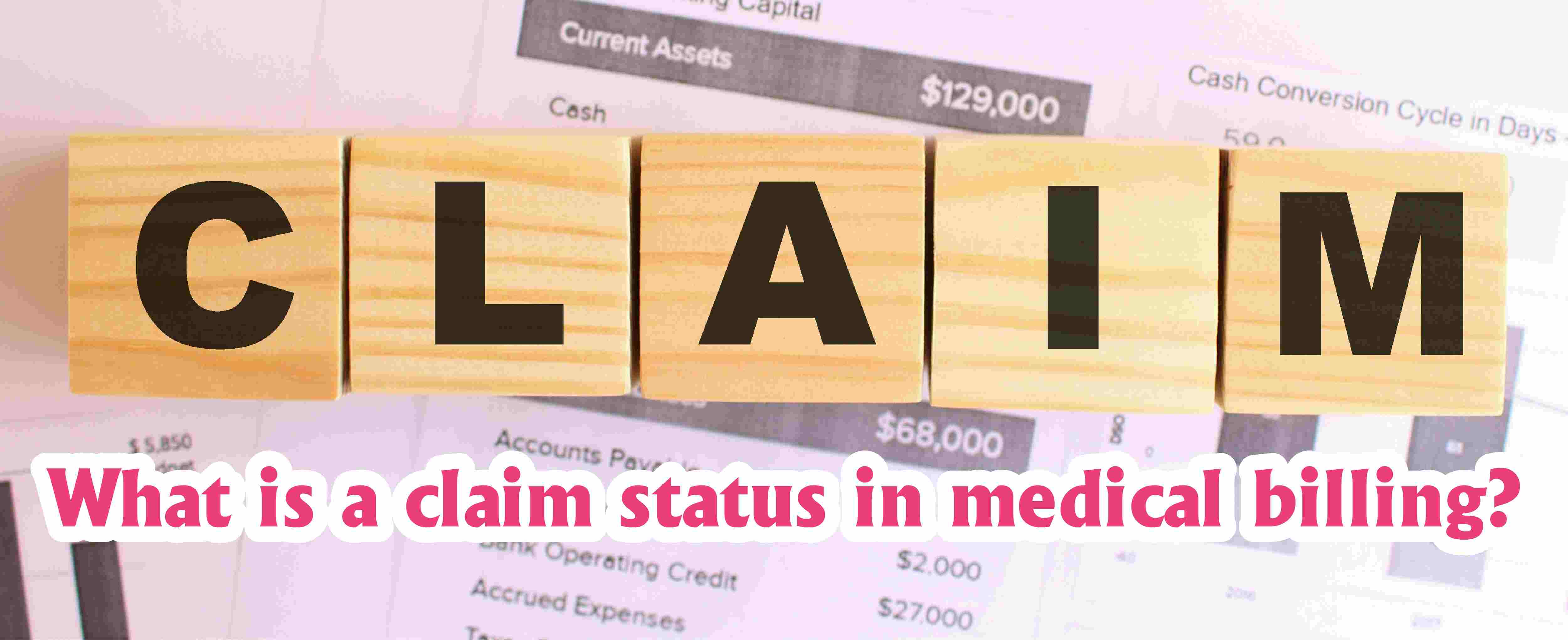 info@rcmmastersacademy.com
info@rcmmastersacademy.com

Medical billing is a complex process that involves a wide range of activities, including patient registration, insurance verification, charge capture, coding, billing, and claim submission. One of the critical aspects of medical billing is claim status, which refers to the state of a medical claim after it has been submitted to the insurance company for payment. Understanding the claim status is crucial for healthcare providers and patients as it helps to track the progress of a claim and identify any issues that may affect its payment. We will delve deeper into what claim status means in medical billing and why it is essential.
Claim status refers to the current state of a medical claim, which is the document submitted to an insurance company to request payment for healthcare services rendered to a patient. The claim status typically goes through several stages, starting from submission to the insurance company until it is either paid, denied, or rejected. The claim status updates are usually available through an electronic system provided by the insurance company or a clearinghouse.
There are several claim statuses in medical billing, including:
1. Submitted:
This status indicates that the claim has been submitted to the insurance company but has not yet been processed.
2. In Progress:
This status indicates that the claim is being reviewed by the insurance company for completeness, accuracy, and medical necessity.
3. Approved:
This status indicates that the claim has been approved for payment, and the insurance company will issue payment to the healthcare provider.
4. Denied:
This status indicates that the claim has been denied, and the insurance company will not pay for the healthcare services provided. The reasons for denial may vary, but common reasons include lack of medical necessity, coding errors, and incorrect patient information.
5. Rejected:
This status indicates that the claim has been rejected by the insurance company due to errors or missing information, and the healthcare provider needs to correct the errors and resubmit the claim.
Understanding claim status is essential for several reasons. Firstly, it helps healthcare providers to track the progress of a claim and ensure that it is processed in a timely and efficient manner. Providers can also use the claim status to identify any issues that may be causing delays in payment and take corrective action to resolve them.
Secondly, claim status is essential for patients as it helps them to track the status of their claims and ensure that they are being paid correctly. Patients can also use the claim status to identify any issues that may be causing delays in payment and work with their healthcare provider to resolve them.
Thirdly, claim status is essential for insurance companies as it helps them to manage their claims processing workflow and ensure that claims are processed accurately and efficiently. By monitoring claim status, insurance companies can identify any issues that may be causing delays in payment and work with healthcare providers to resolve them.
In conclusion, claim status is a critical aspect of medical billing that helps healthcare providers, patients, and insurance companies to track the progress of a claim and ensure that it is processed accurately and efficiently. By understanding claim status and taking proactive measures to resolve any issues, healthcare providers can improve their revenue cycle management and provide better patient care.
You can enroll for our Online Medical Billing Training here: